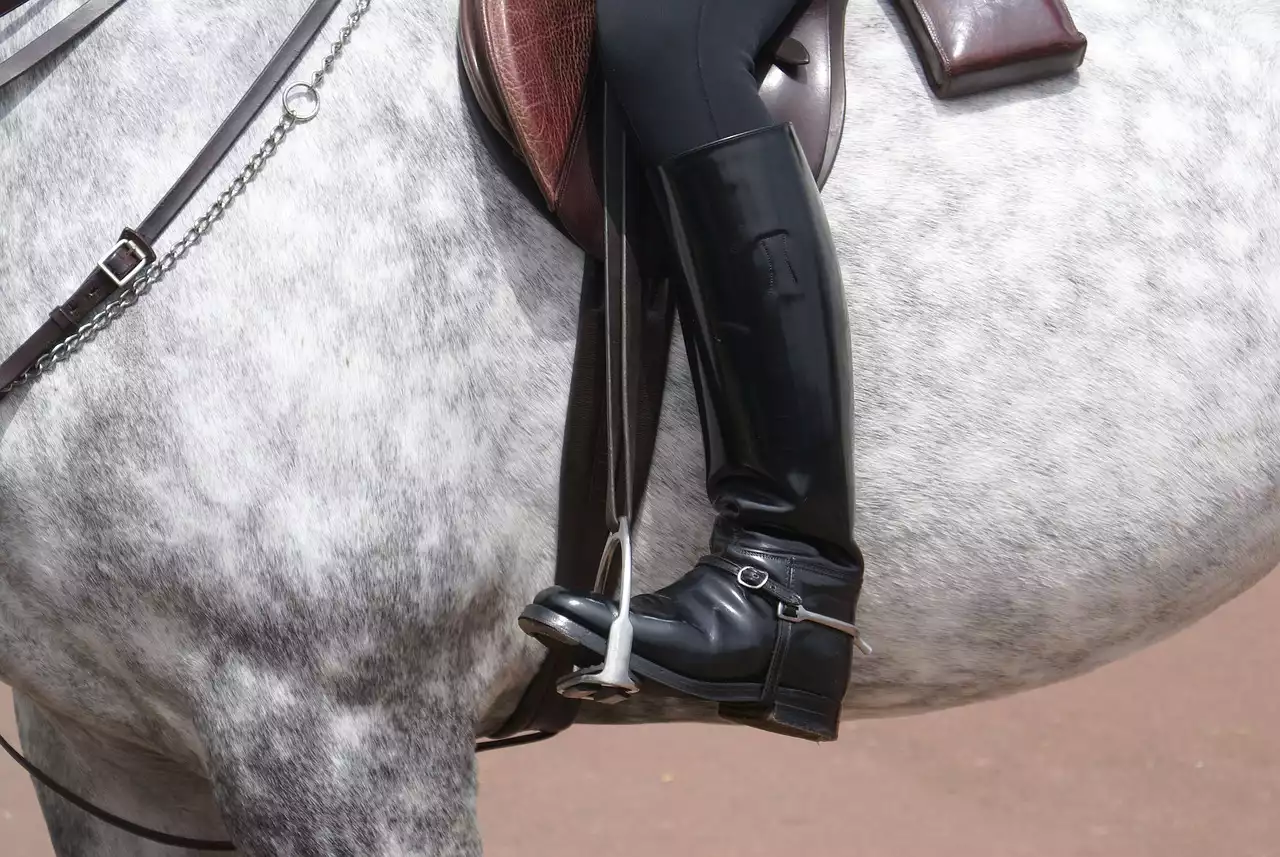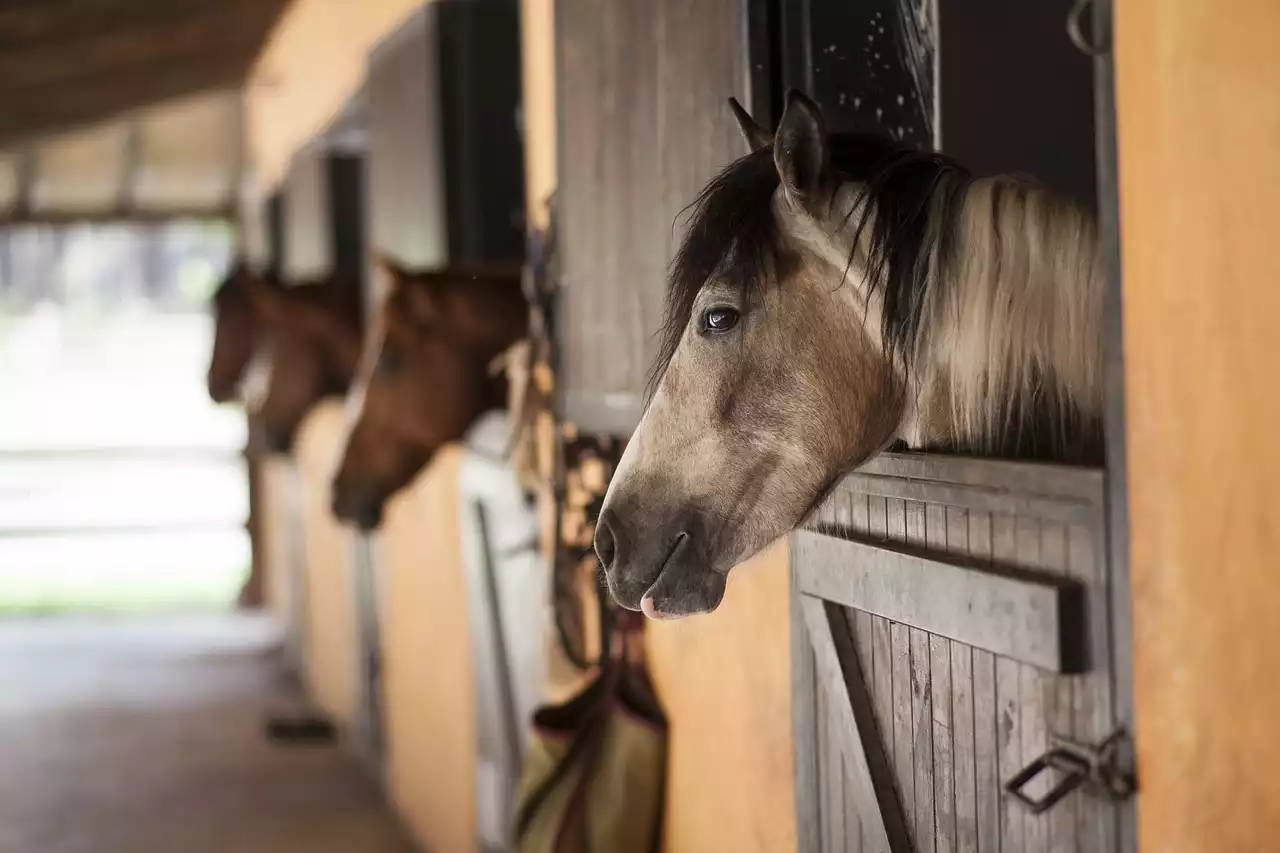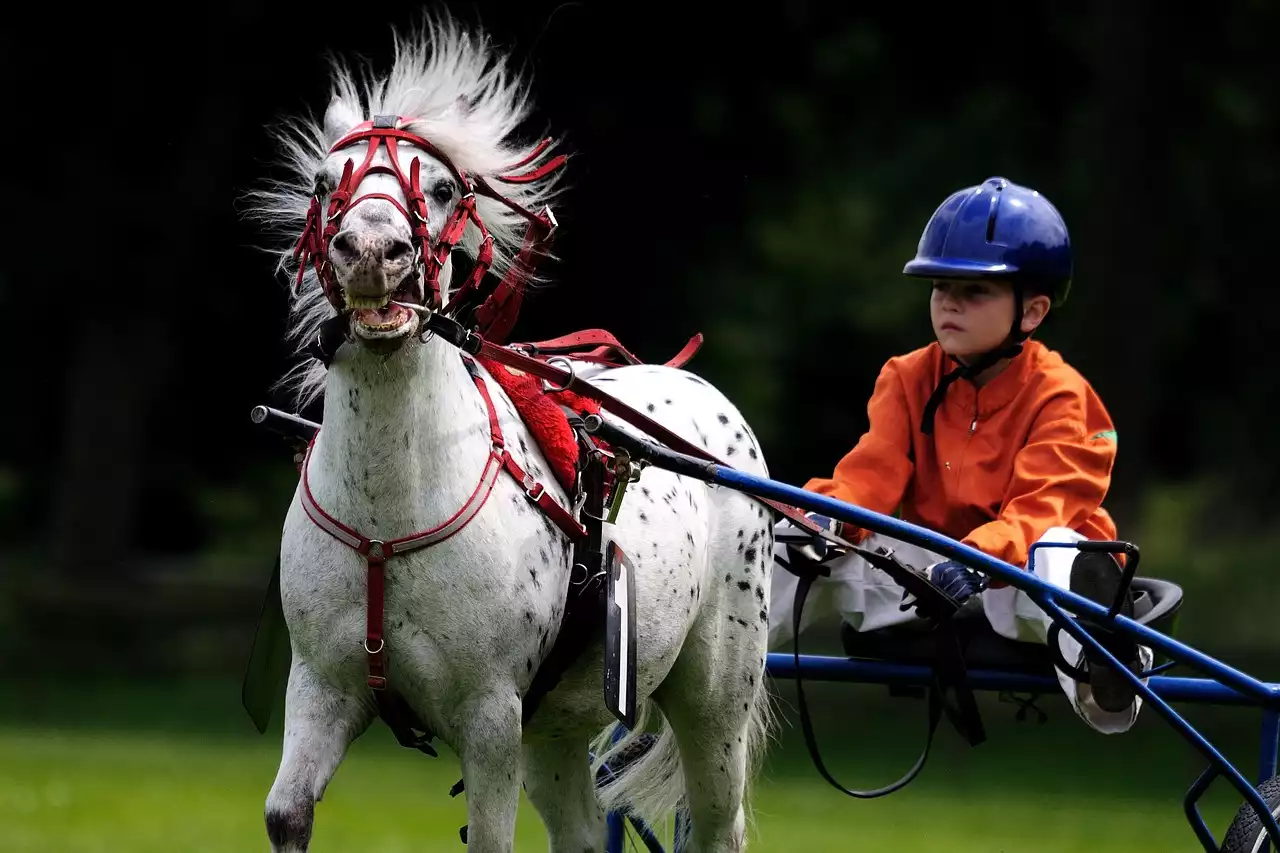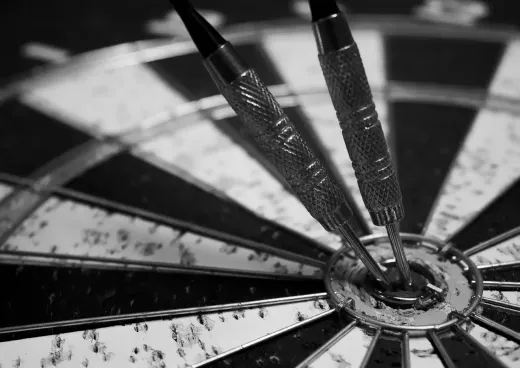Overview of Horse Racing
Horse racing is a sport that dates back thousands of years. It is believed to have been developed by nomads in the Arabian desert and was used as a way to settle disputes between tribes. The sport eventually spread and became a popular sport among ancient civilizations such as the Romans, Greeks, and Chinese. Horse racing was also a popular sport in North America; the Apache, Chippewa, and Sioux tribes all enjoyed racing their horses as a sport. Horse racing was even present during Colonial times in the United States, and was a popular sport among the upper class. Horse racing has always been a popular sport among spectators, and has been televised since the 1930s. Nowadays, horse racing has grown into a multi-billion dollar industry. There are many types of horse racing, including Thoroughbred racing, harness racing, Quarter Horse racing, Arabian racing, etc. There are also many horse racing organizations around the world. These include organizations such as the Kentucky Derby, the Breeder’s Cup, and the Preakness Stakes.
History of The Preakness Stakes
The Preakness Stakes is one of the most famous horse races in the country and is the second leg of the Triple Crown. It is a Grade 1 stakes race for three-year-old Thoroughbred horses and is held every year at Pimlico Race Course in Baltimore, Maryland. The Preakness Stakes is the Maryland Derby’s twin brother. The two races were introduced around the same time in the 1860s, and have been run together ever since. The Preakness Stakes is named after a thoroughbred colt named Preakness, who won the race in 1873. It is one of the oldest horse races in the country and has been organized by the Maryland Jockey Club since the late 1800s. The Preakness Stakes is a unique race because it is the only one of the Triple Crown races that are held at a different track to the Kentucky Derby and the Belmont Stakes. The race is held on the third Saturday in May and is famous for its black and gold silks. The rich and glamorous race day experience is unrivaled in the sport and is a must-see for any horse racing fan.
The Preakness Stakes Course
The Preakness Stakes course was built in 1891 and is located at Pimlico Race Course in Baltimore, Maryland. The course is a little over 1 mile in length, and runs counter-clockwise, like most other American horse racing courses. The Preakness Stakes course is considered the shortest of the Triple Crown courses and is known for its challenging turns, which are tight and require accuracy from the jockeys. The Preakness Stakes course is known for its “Racing on the Edge of Disaster”, as the challenging turns force jockeys to make risky maneuvers, such as late-breaking and clipping heels. The Preakness Stakes course has hosted many exciting finishes, with the closest finish in history taking place in 2003, when Monarchos won by a nose. The Preakness Stakes course has also seen several memorable moments throughout its history, including the match race between Affirmed and Alydar in 1979, which was voted “Greatest Race of the 20th Century” by the Daily Racing Form.
The Preakness Stakes Trophy
The Preakness Stakes trophy is a sterling silver trophy that has become one of the most recognizable awards in the sport. It was first awarded in 1873 the year after Preakness won the race. The original Preakness Stakes trophy is on display at the Pimlico Race Course, and a replica is awarded to the winner of the race every year. The Preakness Stakes trophy has a unique design. It is shaped like a diamond with a large silver band around the middle. The trophy’s centerpiece is a jockey riding a horse, with a banner above the jockey that reads “Preakness Stakes”. The trophy’s name and the date of the race are engraved on both sides of the band.
The Preakness Stakes Field
The Preakness Stakes field is typically very strong and competitive, as the second leg of the Triple Crown attracts the best young Thoroughbreds in the country. The Preakness Stakes field is usually made up of 12 horses, with the top three finishers from the Kentucky Derby being given automatic berths. The remaining nine spots are filled by connections of owners who have enough money to pay the $50,000 entry fee. There are then four qualifying races leading up to the Preakness Stakes, which give additional horses the chance to compete in the race. Horses that do not finish in the top three at the Kentucky Derby are given an entry to the second leg of the Triple Crown. The Preakness Stakes field is typically made up of horses of all different ages, breeds, and weights.
The Preakness Stakes Purse
The Preakness Stakes purse is the total amount of money awarded to the winner of the race. In 2019, the Preakness Stakes purse was set at $2,000,000. The winner of the race receives $600,000, the second place receives $200,000, and the third place receives $100,000. The Preakness Stakes purse has grown significantly since the beginning of the race. In 1896, the Preakness Stakes purse was only $4,000, and the winner received only $2,000. The Preakness Stakes purse has been growing ever since and has since reached its current amount. The Preakness Stakes purse is determined based on how many tickets are sold. The more tickets that are sold, the higher the Preakness Stakes purse will be.
Betting on The Preakness Stakes
The Preakness Stakes is one of the most highly bet horse races of the year. That being said, it can also be one of the most profitable. The Preakness Stakes betting is unique, as it is the only one of the Triple Crown races that are run over a different track than the Kentucky Derby and the Belmont Stakes. This makes it even harder to predict, as there is not as much data available on these horses. However, this also makes the Preakness Stakes a much more risky bet, as fewer horses are guaranteed to finish in the top three. That being said, the Preakness Stakes is a very exciting race to watch and is one of the most anticipated horse races of the year. If you are interested in betting on the Preakness Stakes, make sure to do your research, and find a sportsbook that has the best odds and offers.
The Preakness Stakes Controversy
The Preakness Stakes controversy has been a part of the race since its inception. The controversy usually revolves around who won the race. The Preakness Stakes controversy intensified in 1979 when the match race between Affirmed and Alydar was incredibly close. Alydar was originally declared the winner, but after a thorough review, it was discovered that Affirmed had crossed the finish line first. The Preakness Stakes controversy continued when the race was broadcast on TV in 2002 when the camera angle was such that viewers could not see the finish line. This led to many people demanding a re-airing of the race. Some even went as far as to say that the official result was fraudulent and that the wrong horse won the race. However, these claims have not been proven.








